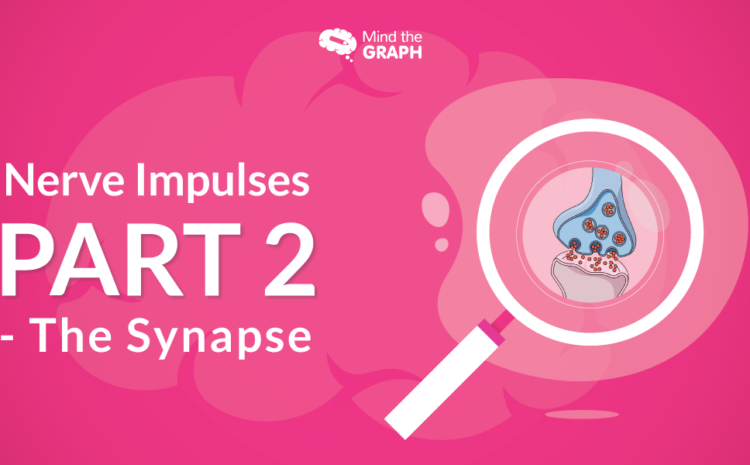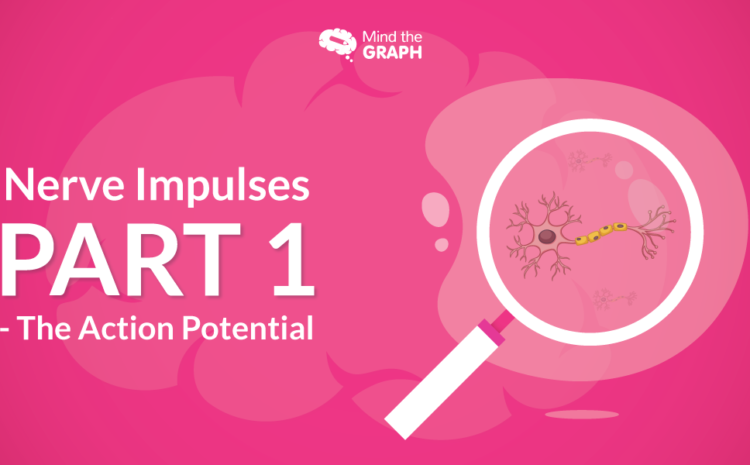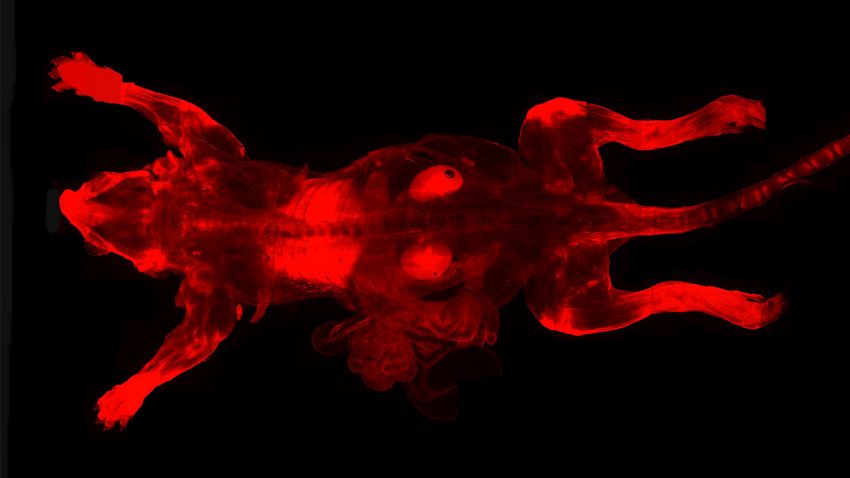All the nervous system is based on action potentials and synapses to transmit information throughout the body.
Neurons are cells specialized in transmitting electrical or chemical signals to another neuron following a well-defined pathway reaching a target cell.
This article is the second part out of two that discuss how this amazing and complex system is capable to manage almost everything in our body.
Now we are going to discuss the synapse cleft – the space between two neurons, another region that is also responsible to repass the nerve impulse.
The name synapse originated from the Greek synapsis, which means “conjunction”. Scientists throughout history had difficulty finding a term that could explain the “union of two separate elements”.
Some old articles publications used to refer to the synapse also as junctions. Today, the synapse is the name used and given to the structure responsible to repass a signal to another neuron at the synapse cleft.
All the synapse action happens in the synaptic clef, a small place between two different cells next to each other, the pre-synaptic cell and the pos-synaptic cell.
In the majority of time, two neurons are connected through the axon terminal of one neuron – the pre-synaptic neuron, the one passing on the signal – to the dendrite of the next neuron – the pos-synaptic neuron – that could be either the target cell or the next neuron in line to carry on the signal.
In the space between the cells – synapse cleft – there is a huge amount of information going on at once, a big molecular machinery is responsible for controlling the release and production of these information carriers, these molecules are called neurotransmitters.
But neurons don’t do all the work alone, they have next to them a specific type of cell, which has the role of supporting the regulation of neurotransmitters. These cells are the astrocytes; they are a type of glial cells.
Glias are classified as non-neuronal cells – they don’t carry on or produce any type of nerve impulse or signal.
These cells have many responsibilities, being all related to the neurons’ needs, like a 24/7 assistant.
They are found all over the central and peripheral nervous systems. In general, they give support, protection, and nourish the neuron with nutrients.
As said before, the neurons are specialized cells responsible to transmit electrical or chemical signals. Each one of these signals has a method to pass the signal.
The pre-synaptic neuron involved in the chemical synapse is capable of transmitting information not only to neurons but also muscles and glands, which happens through the action potential traveling all along the neuron, reaching the axon terminal, then passing the signal to the voltage-gated calcium channels.
The depolarization makes these channels active opening for the calcium (Ca+2) to go inside the neuron.
The influx of calcium into the cell gives a signal to the synaptic vesicle, which then releases neurotransmitters in the synaptic cleft.
Once in the synaptic cleft, these neurotransmitters go towards the neurotransmitter receptors of the pos-synaptic neuron.
Thus, continuing the nerve impulse, repeating the process in the dendrites, then nucleus, going to the axon where the action potential is carried on.
When the nerve impulse reaches the target cell two kinds of responses can occur in the pos-synaptic neuron – either an exciting response or an inhibiting one.
The other one, the electrical synapse, occurs much faster compared to the chemical synapse, because it’s composed of fewer steps for the signal transmission.
The electric current is transmitted through channels called gap junctions, present at both cells, connecting the pre-synaptic to the pos-synaptic neurons.
These channels are capable of repassing the electrical current with no neurotransmitters involved.
Interestingly, the synapse process doesn’t necessarily need to be connecting the same neuron parts every time like the axon terminal and dendrites.
There are more arrangements for passing nerve impulses than this one.
Axon terminals from pre-synaptic cells can be connected directly to the bloodstream, neuron axon, or even another axon terminal.
They can also be connected with a neuron dendrite spine or even not having a connection for releasing neurotransmitters in the extracellular media.
Depending of the type of information that is being carried, a type of neurotransmitter has to be release, they can be from the group of glutamatergic, GABAergic, cholinergic, adrenergic with excitatory or inhibitory action.
Neurotransmitters regulation is a very delicate system of our body.
Studies conducted by many scientists showed that one dysregulated neurotransmitter can affect not a single, but many activities in the brain, like mood, humor, sleep, appetite, body temperature, fear, besides mental diseases.
For example, Parkinson’s Disease and schizophrenia are known today as diseases without a cure are related to dysfunction of the neurotransmitter dopamine.
Overall, nerve impulse is the one responsible to communicate and to take along all information throughout the body.
A small problem or dysregulation can cause big consequences and diseases. Scientists are still reaching answers to completely understand this complex network.
____
Did you like the infographic in this article? You can use it in your work too, click here and you will see all the templates available for Mind the Graph users. You don’t need to start from scratch. Or you can start creating right now, using our neurology gallery and more!

Subscribe to our newsletter
Exclusive high quality content about effective visual
communication in science.





